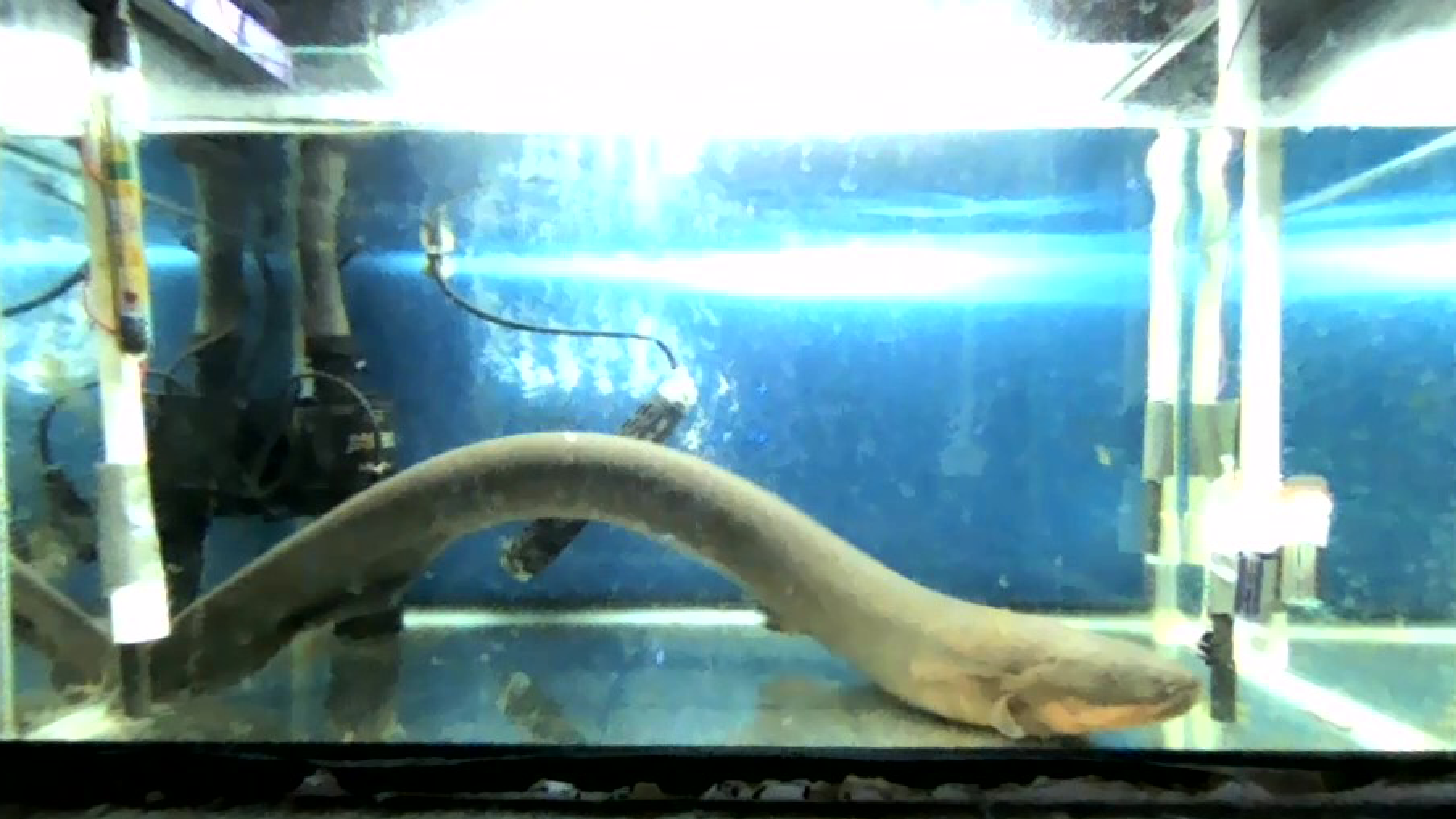The electric eel is the biggest power-making creature on Earth. It can release up to 860 volts, which is enough to run a machine. In a recent study, a research group from Nagoya University in Japan found electric eels can release enough electricity to genetically modify small fish larvae. They published their findings in PeerJ - Life and Environment.
The researchers’ findings add to what we know about electroporation, a gene delivery technique. Electroporation uses an electric field to create temporary pores in the cell membrane. This lets molecules, like DNA or proteins, enter the target cell.



It definitely has the potential for being used in vaccinations, but DNA vaccines have never worked well in humans. When compared to the other delivery mechanisms, it makes very little sense. There’s also risk associated with the process as adding this DNA sequence may result in a recombination event within the host genome. Additionally, there’s possible issues with expressing tolerant T cells due to DNA vaccines. This would make the immume response less effective. The finding is more surprising as it demonstrates horizontal gene transfer taking place across different eukaryotic organisms, or at least that’s my take on it.